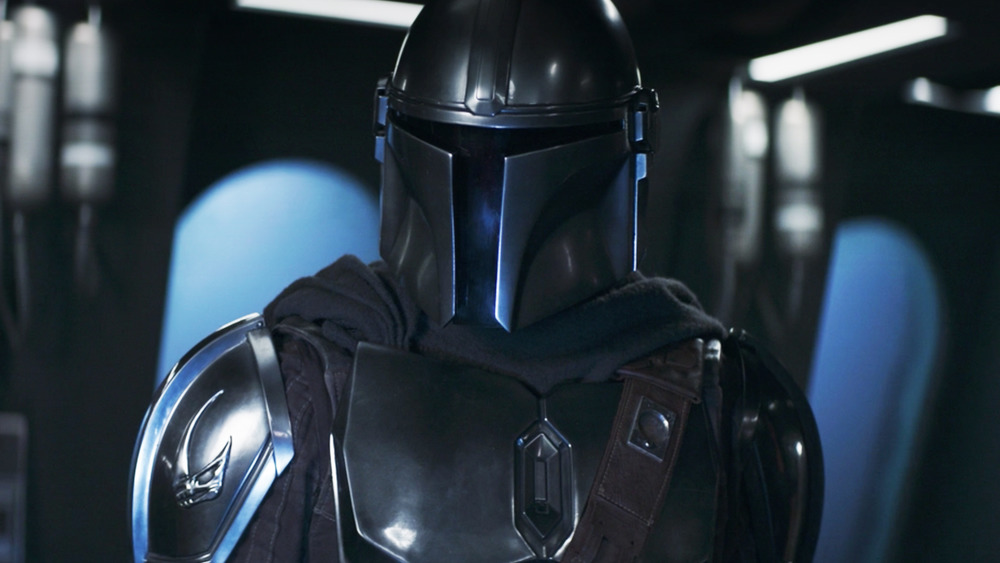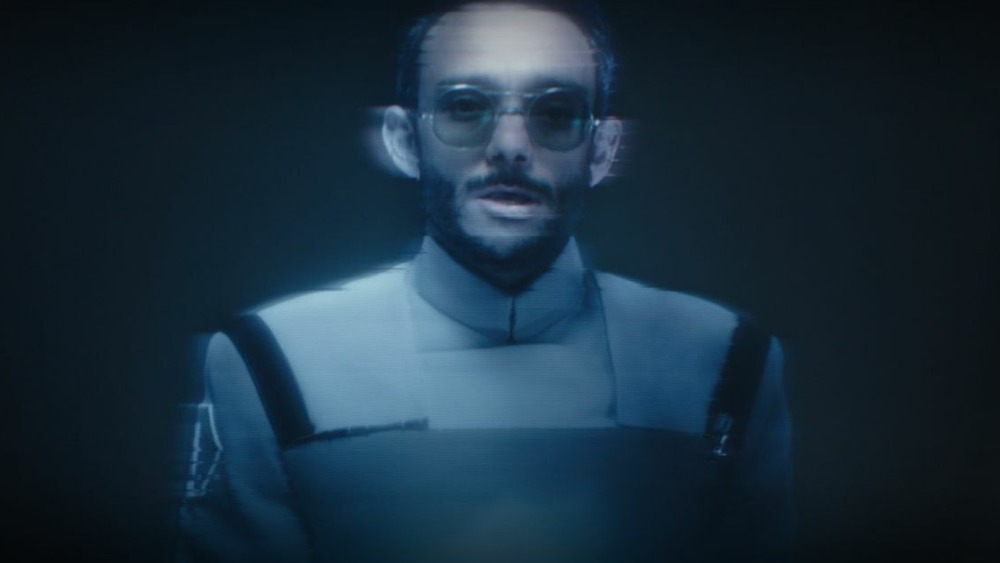The Mandalorian Just Resurrected Star Wars' Most Controversial Plot Point
Contains major spoilers for The Mandalorian season 2, episode 4 — "Chapter 12: The Siege"
The Mandalorian certainly has a way of keeping its audiences on their toes. The Disney+ space opera has the whole vast Star Wars mythology to draw from, and it hasn't shied away from using that privilege. Throughout its 12 chapters, The Mandalorian has been happy to make references to Star Wars movies of old, sneak in Easter eggs that wink at creatures and planets across the galaxy, give Moff Gideon (Giancarlo Esposito) the Darksaber, and introduce us to the Darksaber's former wielder in the animated Star Wars Rebels, Bo-Katan Kryze (Katee Sackhoff). Even the fan-favorite Ahsoka Tano is joining the show, to be played by Rosario Dawson.
The latest episode of The Mandalorian season 2, "Chapter 12: The Siege," is characteristically Easter egg-heavy. It features numerous returning characters, as well as a ton of allusions to places and concepts that are familiar from the franchise's lore. There's even a battered protocol droid who looks virtually identical to C-3PO (Anthony Daniels).
However, some viewers might think that one particular callback isn't quite as welcome as the others. In fact, it looks like The Mandalorian just resurrected Star Wars' most controversial plot point.
It looks like midi-chlorians are back in the game
One of the many returning characters in the latest episode of The Mandalorian is Dr. Pershing (Omid Abtahi), a scientist who's affiliated with Moff Gideon's Imperial remnants. In The Mandalorian season 1, Pershing is allied with the Client (Werner Herzog) and performs tests on the Child until Din Djarin (Pedro Pascal) takes the Child from them. "Chapter 12: The Siege" sees Pershing make his comeback in the shape of a holographic recording — and it turns out that he's been using the Child's blood samples for new experiments. Oh, and he also makes a quick reference to the Child's "M-count" when he states, "There were promising effects for an entire fortnight, but then, sadly, the body rejected the blood. I highly doubt we'll find a donor with a higher M-count, though."
When it comes to the Force, blood, and things beginning with an "M," it's pretty likely that this is a sneaky reference to one of the most controversial concepts in Star Wars: midi-chlorians, the "intelligent microscopic life-forms" that live in people's blood and give them the ability to sense the Force if there are enough of them present. The concept was introduced in the Star Wars prequel films and immediately became one of the Star Wars moments that outraged fans – to the point that midi-chlorians have since been essentially hushed to oblivion.
Though The Mandalorian doesn't go all-in with the reference, not uttering the word "midi-chlorian" explicitly, it's pretty surprising that the show chooses to acknowledge the highly controversial life-forms. Then again, at least we now know that the series isn't afraid of any part of Star Wars' history, however dubious it might be. Who knows? Maybe Din Djarin will eventually join forces with Jar-Jar Binks.

